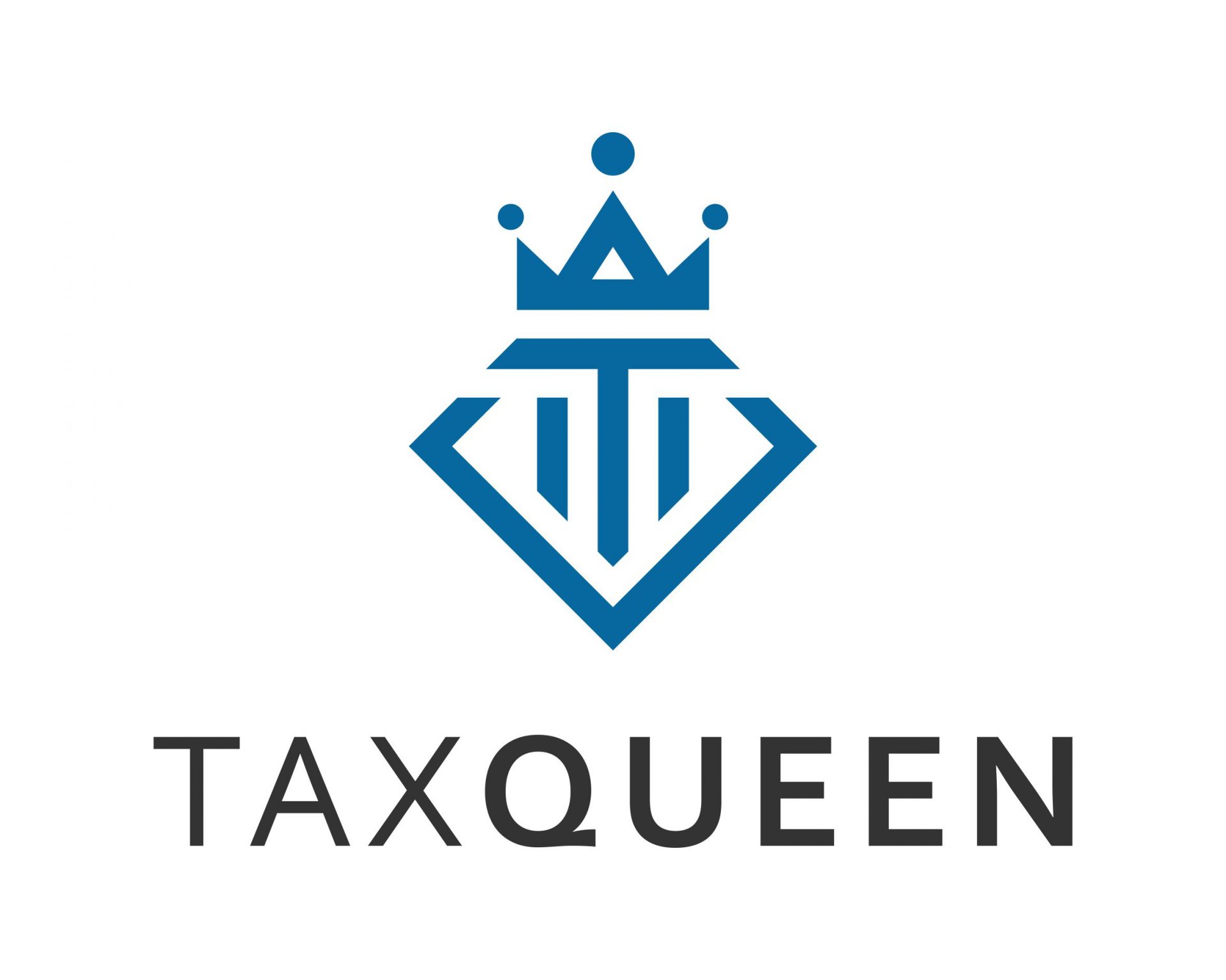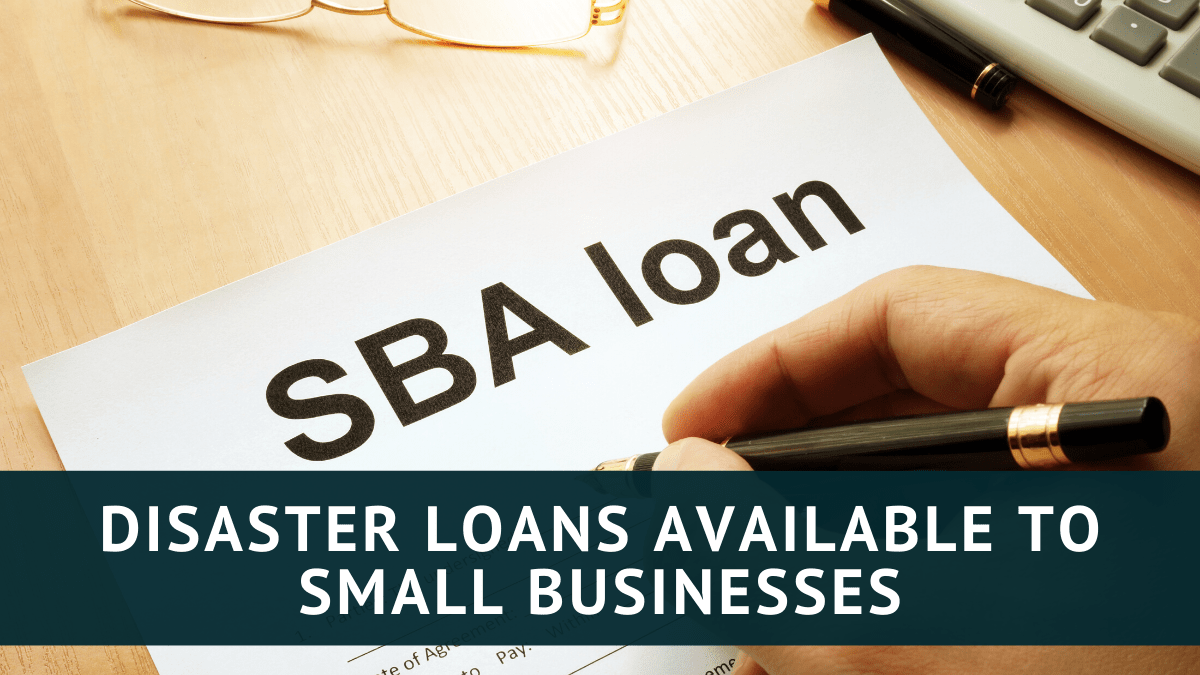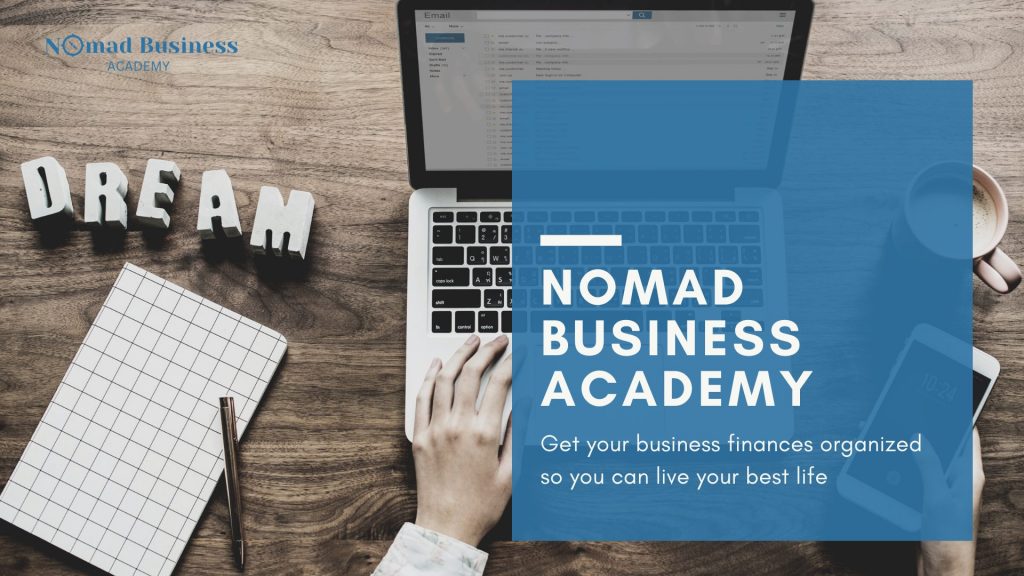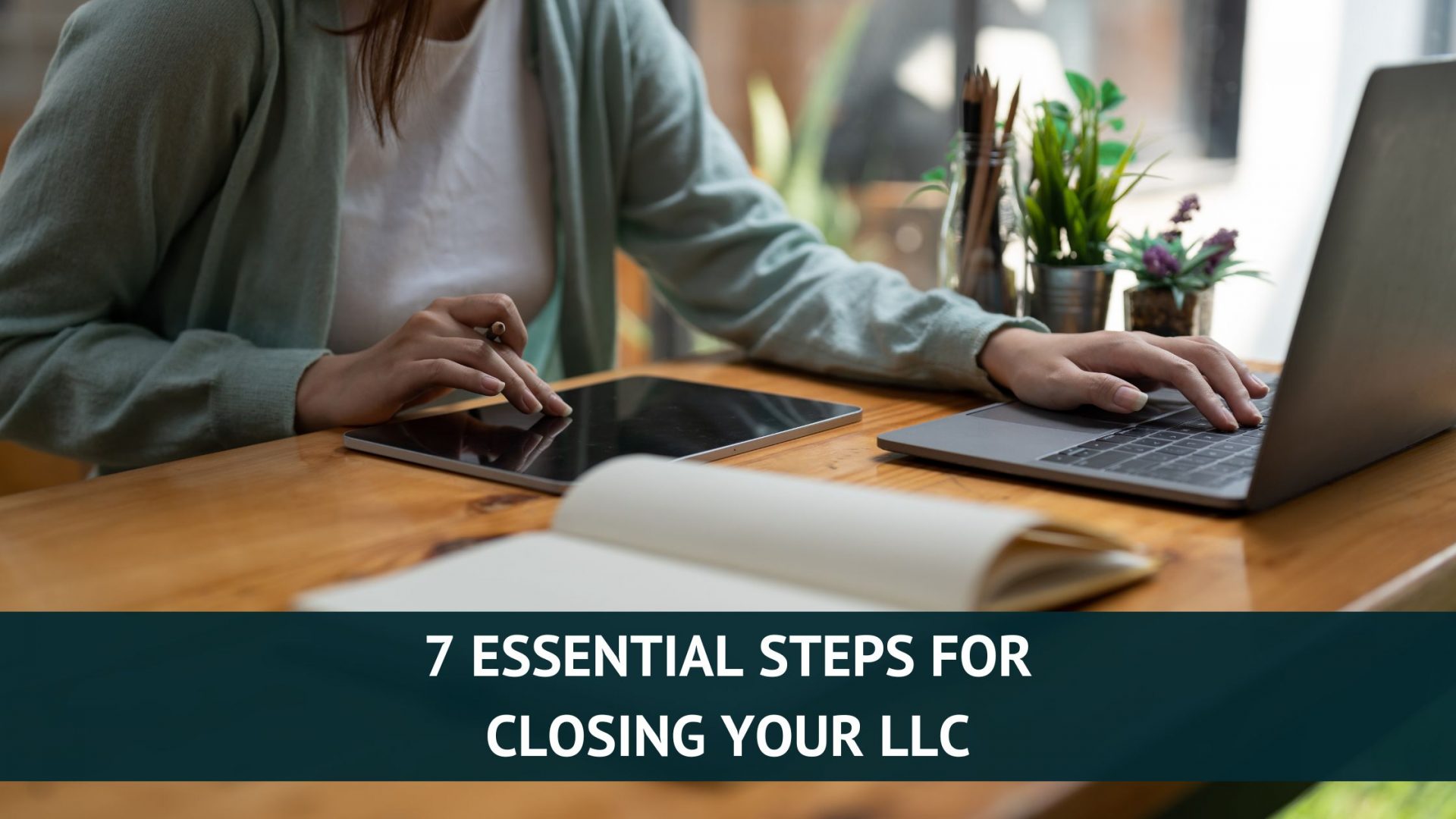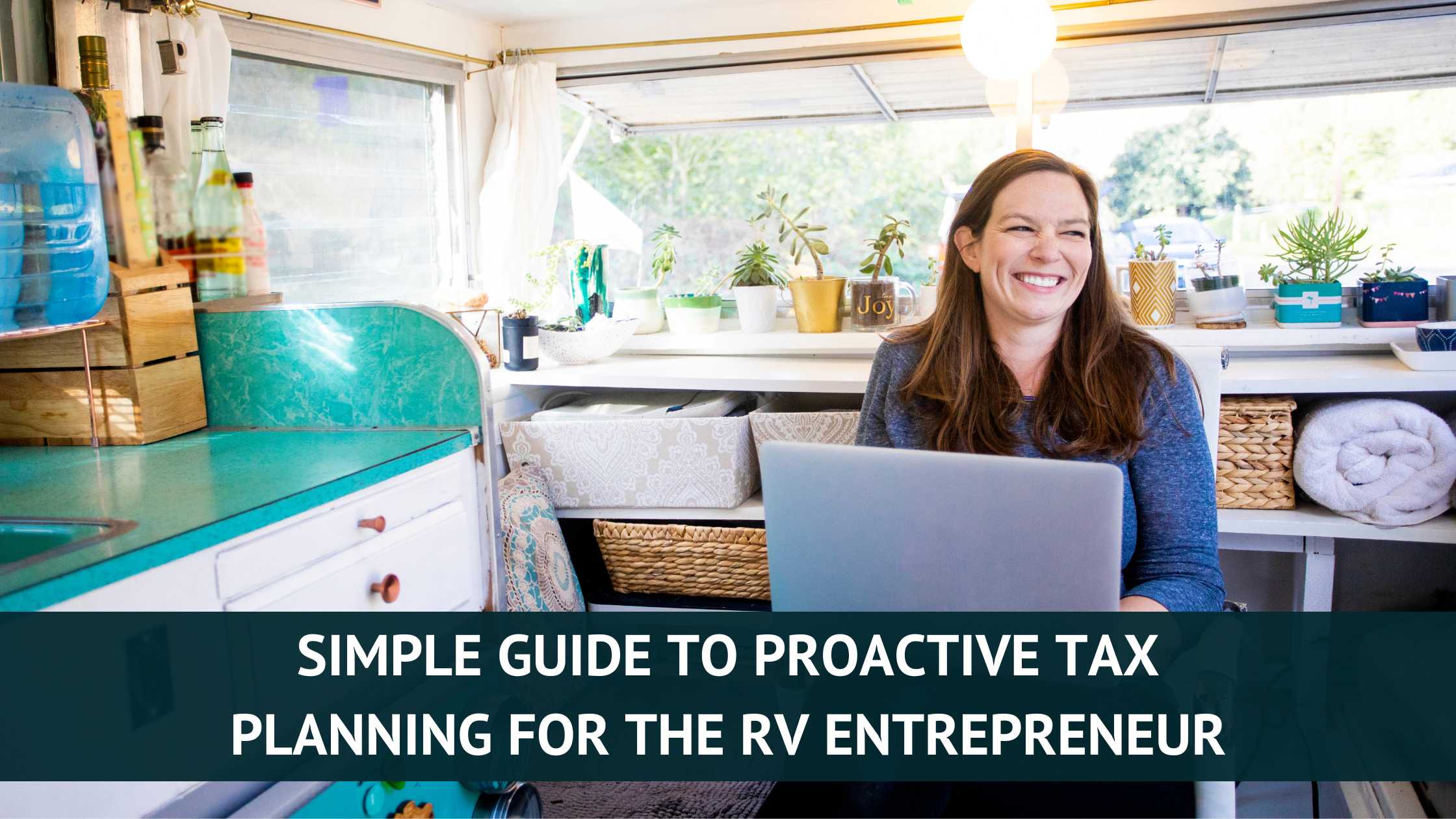There’s no doubt about it. The COVID-19 pandemic has upended all aspects of life around the world, including the world of small businesses here in the U.S.
If your business is struggling you may be able to get some help from the federal Small Business Administration (SBA), which is authorized to make loans available to small businesses during times of disaster declarations.
There are two types of loans available to small businesses as a relief for the current disaster. They are the economic injury disaster loans (EIDL) and the paycheck protection program (PPP).
Let’s do a deeper dive into each option.
Loans available to small businesses
Economic Injury Disaster Loans
Traditionally, low-interest SBA Economic Injury Disaster Loans (EIDLs) have been available to small businesses following a disaster declaration; these are authorized by Section 7(a) of the Small Business Act.
EIDLs are commonly granted on a local level following a natural disaster (such as a hurricane or a tornado). But right now they are authorized for small businesses in all U.S. states and territories due to the COVID-19 pandemic and disaster declaration by the president.
Currently, each disaster loan provides up to $2 million to pay fixed debts, payroll, accounts payable, and other bills. The interest rate is fixed at 3.75 percent for small businesses and 2.75 percent for non-profits. EIDLs can be repaid over a period of up to 30 years.
Small business owners can apply for an EIDL and advance here: https://covid19relief.sba.gov/#/.
What about the $10,000 grant?
Additionally, due to COVID-19, the SBA is providing advances of up to $10,000 on EIDLs for businesses experiencing a temporary loss of revenue. Funds should be available within three days after applying, and the loan advance does not have to be repaid.
Yes. That’s right. This is not a loan. It is considered a grant and does NOT need to be repaid. If this is enough to help your small business through this tough time, then perfect.
If this isn’t enough to keep your business afloat, then read on. There’s more!
New Paycheck Protection Program
The Paycheck Protection Program (PPP) is an expansion of the existing 7(a) loan program, authorized by the recently passed Coronavirus Aid, Relief, and Economic Security Act (CARES Act).
Who’s Eligible?
You are covered if your business was in operation as of February 15, 2020, and you had either (a) employees for whom you paid salaries and payroll taxes or (b) 1099-MISC independent contractors.
Small businesses that employ 500 or fewer employees, including sole proprietors, independent contractors, certain non-profits, veterans’ organizations, tribal businesses, and self-employed workers, are all eligible for PPP relief.
“Self-employed” workers are who you would think they are, the sole proprietors who file Schedule C with their Form 1040. IRC Section 1402 identifies them as those who regularly carry on a trade or business within the meaning of tax code Section 1402. This is new for self-employed individuals to be included in any disaster assistance. If you’re in this category and in need of help to sustain your business, then don’t hesitate to take advantage of these loans available to small businesses.
How Much Aid Is Available?
Small businesses can borrow 250 percent of their average monthly payroll expenses during the one-year period before the loan is taken, up to $10 million.
For example, if your monthly payroll average is $10,000, you can borrow $25,000 ($10,000 x 250 percent). At $1 million, you can borrow $2.5 million.
The law defines “payroll costs” very broadly as
- employee salaries, wages, commissions, or “similar compensation,” up to a per-worker ceiling of $100,000 per year;
- cash tips or the equivalent;
- payment for vacations and parental, family, medical, or sick leave;
- allowance for dismissal or separation;
- payment for group health benefits, including insurance premiums;
- payment of any retirement benefit; or
- state or local tax assessed on employee compensation.
What’s specifically not included in payroll costs:
- Annual compensation over $100,000 to any individual employee
- Compensation for employees who live outside the U.S.
- Sick leave or family leave wages for which a credit is already provided by the Families First Coronavirus Response Act (P.L. 116-127)
How Much of the Loan Is Forgiven?
Principal amounts used for payroll, mortgage interest, rent, and utility payments during an eight-week period (starting with the loan origination date) between February 15, 2020, and June 30, 2020, will be forgiven.
It’s important to know that if the full principal is forgiven, you ARE still liable for the interest accrued.
Warning: Payroll Cuts Affect Loan Forgiveness
Because the whole point of the PPP is to help keep workers employed at their current level of pay, the loan forgiveness amount decreases if you lay folks off or reduce their wages.
- If you keep all your workers at their current rates of pay, you are eligible for 100 percent loan forgiveness.
- If you reduce your workforce, your loan forgiveness will be reduced by the percentage decrease in employees.
Example: Last year, you had 10 workers. This year, you have eight. Your loan forgiveness will be reduced by 20 percent.
You are allowed to compare your average number of full-time equivalent employees employed during the covered period (February 15, 2020, to June 30, 2020) to the number employed during your choice of
- February 15, 2019, to June 30, 2019, or
- January 1, 2020, to February 29, 2020.
- If you reduce by more than 25 percent (as compared to the most recent full quarter before the covered period) the salary of a worker making less than $100,000 annually, your loan forgiveness decreases by the amount in excess of 25 percent.
Example: Last quarter, Jim was earning $75,000 on an annual basis. You still have Jim on the payroll but have reduced his salary to $54,750 annually. Jim’s pay has decreased by 27 percent, so the amount of your PPP loan forgiven is reduced by the excess 2 percent.
The good news: If you have already laid workers off or made pay cuts, it’s not too late to set things right. If you hire back laid-off workers by June 30, 2020, or rescind pay cuts by that date, you remain eligible for full loan forgiveness.
When Are Payments Due?
Any non-forgiven amounts are subject to the terms negotiated by you and the lender, but the maximum terms of the loan are capped at 2 years and 1% interest.
Also, payments are deferred for at least six months and up to one year from the loan origination date.
This all depends on the terms you work out with your lender so make sure to fully understand them before agreeing to any loan.
What If You Already Applied for an EIDL for Coronavirus-Related Reasons?
No problem. If you took out an EIDL on or after January 30, 2020, you can refinance the EIDL into the PPP for loan forgiveness purposes, but you can’t double-dip and use the loans for the same purposes.
Any remaining EIDL funds used for reasons other than the stated reasons above are a regular (albeit low-interest) loan that needs to be repaid.
How to Apply for a PPP
Unlike EIDLs, which run directly through the SBA, PPP loans go through approved third-party lenders (banks). Talk to your bank or your local SBA office (given the current demands on the SBA, your bank may be a better place to start).
There’s no fee to apply, and your burden for demonstrating need is low. In addition to the appropriate documentation regarding your finances, you need only make a good-faith showing that
- the loan is necessary to support your ongoing business operations in the current economic climate;
- the funds will be used to retain workers and maintain payroll or make mortgage payments, lease payments, and utility payments; and
- you do not have a duplicate loan already pending or completed.
If You’re Going to Apply, Do It Soon
The law allocates $349 billion for PPP relief—a huge amount, but one that will presumably be in very high demand given the devastating effects of the COVID-19 pandemic.
There’s no guarantee that more funding will be forthcoming, so act now to claim your share if you are eligible. It may be a while before the processes to grant these loans are actually up and running, but get things rolling at your end ASAP.
If you are in dire straits right now, you may additionally want to go ahead and apply for an EIDL loan and advance, as the website is already set up for those.

One last item
These are new provisions so guidance is changing on this almost every day. Terms get updated, websites are updated, better explanations are issued, etc. You get the idea. This is so new that you should make sure you are understanding the most up-to-date terms and rules.
If you’re looking for information about the stimulus payments, then go here.
